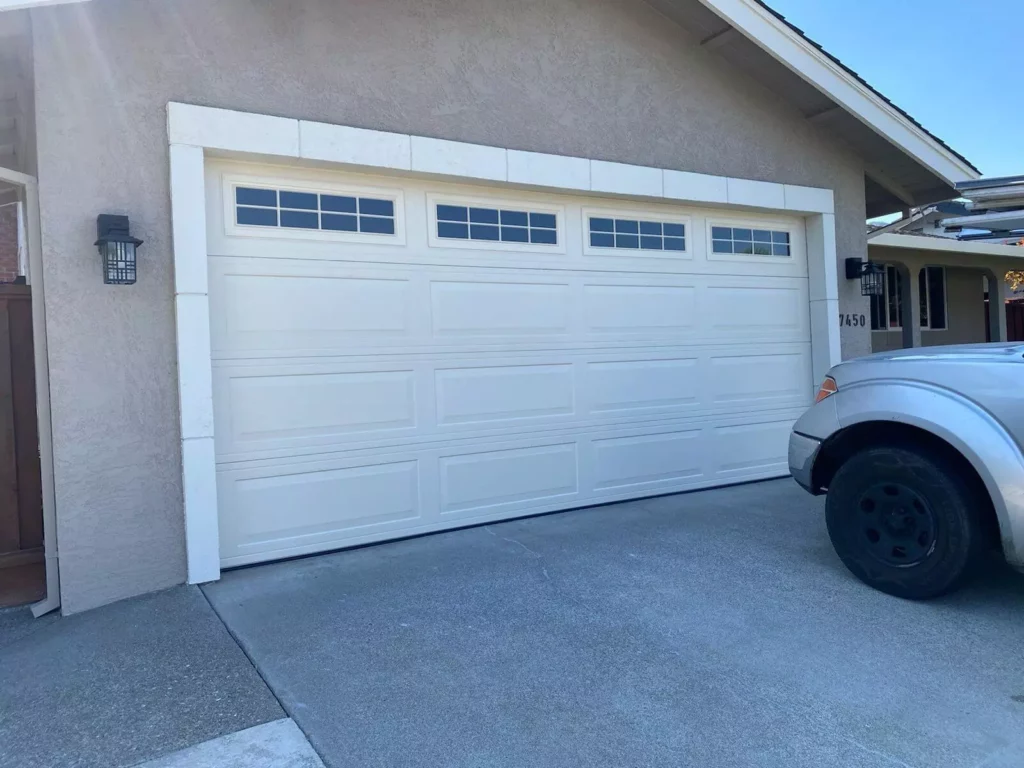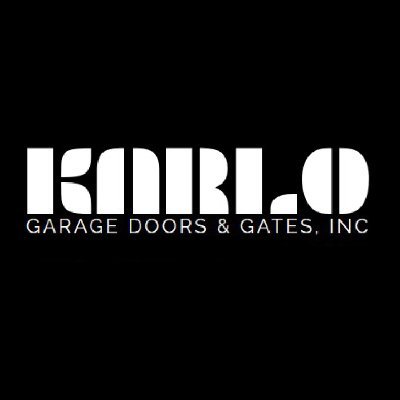How to Paint Your Garage Door
Is your garage door looking dull and worn out? It’s time to give it a fresh coat of paint and transform its appearance! Painting your garage door is a simple yet effective way to enhance your curb appeal. In this guide, we will walk you through the step-by-step process of how to paint your garage door like a pro. Buckle up, grab your paintbrush, and let’s get started on this exciting DIY project!

Content
Prepping the Surface
Before you dive into painting your garage door, it’s crucial to prepare the surface properly. This step ensures that the paint adheres well and provides a smooth and long-lasting finish. Here’s how to get your Garage door spring repair Glen Allen prepped and ready:
Sanding the garage door for better adhesion
Start by sanding the entire surface of your garage door. Use medium-grit sandpaper to remove any loose or flaking paint, as well as smooth out any rough areas. Sanding helps the new paint to adhere better to the door, ensuring a more professional and durable finish.
Applying a primer for a smooth base
Once you’ve sanded the garage door, it’s time to apply a primer. Primer not only creates a smooth base for the paint but also helps to improve adhesion and prevent peeling or chipping. Choose a primer suitable for the type of paint you’ll be using and apply it evenly over the entire surface. Allow the primer to dry completely before moving on to the next step.
Taping off areas you don’t want to paint
To ensure clean and precise lines, it’s important to tape off areas of the garage door that you don’t want to paint, such as windows, handles, or trim. Use painter’s tape to carefully cover these areas, making sure they adhere well and leave no gaps. This step will save you from the hassle of trying to remove paint from unintended areas later on.
Painting Techniques
When it comes to painting your garage door, choosing the right technique can make a significant difference in the final result. Let’s explore the various options and discover some tips for achieving a professional finish.
Brush vs. roller vs. spray paint options
There are three primary painting techniques to consider: using a brush, a roller, or spray paint. Each method has its pros and cons. A brush is great for intricate details and hard-to-reach areas, while a roller covers large surfaces quickly and smoothly. Spray paint provides a more even finish but requires careful masking and proper ventilation.
Tips for achieving a professional finish
To achieve a polished and professional look, keep these tips in mind. Start by using high-quality paint and brushes or rollers appropriate for the type of paint you’re using. Apply the paint in even strokes, working from top to bottom, and maintain a consistent pressure. Avoid overloading the brush or roller to prevent drips and streaks. Take your time and be patient, allowing each coat to dry before applying the next.
Applying multiple coats for optimal coverage
To ensure optimal coverage and a vibrant finish, applying multiple coats of paint is essential. Allow each coat to dry completely before adding another layer. This process helps to even out the color and provides better durability. Remember, thin coats are better than thick ones, as they dry faster and are less likely to sag or run.
Dealing with Common Issues
While painting your garage door can be a rewarding DIY project, it’s not uncommon to encounter a few common issues along the way. Don’t worry, we’ve got you covered! Let’s explore some tips for preventing and fixing these common paint problems.
Preventing drips, streaks, and brush marks
To prevent drips, streaks, and brush marks from appearing on your garage door, follow these simple steps. First, make sure you’re not overloading your brush or roller with too much paint. This will help you achieve a smooth and even application. Additionally, paint in the direction of the grain or texture of the door, using long, steady strokes. Avoid going back over areas that have already started to dry, as this can cause unevenness.
Fixing paint smudges or mistakes
If you notice a smudge or make a mistake while painting, don’t panic! There are ways to fix them. For small smudges, wait until the paint is dry, then gently sand the area and touch up with a small brush. For larger mistakes, you may need to repaint the affected section entirely. Remember to blend the new paint with the surrounding area to create a seamless finish.
Addressing paint peeling or bubbling
If you notice paint peeling or bubbling on your garage door, it’s important to address it promptly. Start by scraping off any loose or damaged paint with a scraper or sandpaper. Next, apply a primer to the affected area before repainting it. This will help the new paint adhere properly and prevent further peeling or bubbling.
Conclusion
Painting your garage door can be a fun and rewarding project. By choosing the right technique, following the tips for achieving a professional finish, and addressing common paint issues, you can transform your garage door into a beautiful focal point of your home. Get ready to impress your neighbors with your newfound painting skills!
FAQs
Can I use any type of paint on my garage door?
It is recommended to use an exterior latex or acrylic paint specifically formulated for outdoor use. These paints are designed to withstand the elements and provide better durability.
Should I remove the garage door from its hinges before painting?
It is not necessary to remove the garage door from its hinges unless you prefer to do so. However, you should ensure that the door is securely propped open to allow for easy access and avoid painting it shut.
How do I prepare the garage door surface before painting?
Proper preparation is crucial for a successful paint job. Start by cleaning the door thoroughly with soap and water to remove dirt and debris. If there are any existing paint chips or flaking, scrape or sand them off. Finally, apply a primer to create a smooth base for the paint.
Can I paint over an existing layer of paint on my garage door?
Yes, you can paint over an existing layer of paint if it is in good condition and properly adhered to the surface. However, it is essential to clean and prime the door before applying a new coat of paint to ensure better adhesion and longevity.
How many coats of paint should I apply to my garage door?
It is generally recommended to apply two coats of paint for optimal coverage and a more vibrant finish. Applying multiple thin coats allows for better adhesion, quicker drying, and a more professional-looking result.

Meet Jack, our garage guru. With a wrench in one hand and a can-do attitude in the other, he’s your go-to expert for all things repair and replacement.






